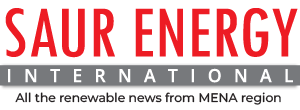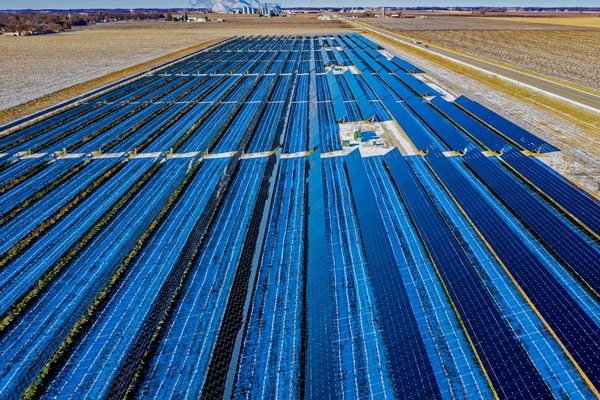Oman’s Ministry of Energy and Minerals has introduced a new policy framework to support renewable energy growth. The policy includes electricity generation, transmission, and energy storage. Investments in energy storage have been limited due to high costs and efficiency concerns. The new framework aims to address these challenges and integrate storage technologies into Oman’s energy system.
The policy, called the “Electricity Self-Generation, Direct Sales, and Wheeling Policy,” outlines the role of electricity storage in the country’s energy transition. The policy defines electricity storage as converting electrical energy into another form for temporary storage and later reconversion into electricity. This energy can be used directly by the generator, supplied to the grid, or sold through direct sales and wheeling. The Ministry has acknowledged that energy storage technologies are not widely present in Oman due to cost barriers. The policy encourages economically feasible battery storage solutions, with large consumers expected to contribute to the costs.
The policy identifies two types of developers who can benefit from energy storage incentives. The first category includes self-generators who invest in renewable energy for their own use. These developers will be allowed to install and operate battery storage systems if the technology proves economically viable. The second category includes developers supplying renewable energy to large consumers through direct sales. The policy builds on previous efforts by Nama Power and Water Procurement Company (PWP) to study energy storage and find the best energy mix for Oman’s future power needs.
Some private companies have started early investments in energy storage. In March 2024, Omani company Nafath Renewable Energy signed a Memorandum of Understanding (MoU) with Takhzeen, a subsidiary of ONEIC, to introduce renewable energy with battery storage in rural areas. Takhzeen represents Energy Dome, an Italian energy storage company backed by IDO Investments, the venture capital arm of Oman Investment Authority. Energy Dome has also signed an MoU with Oman Investment Authority to explore potential collaboration.
Other renewable energy projects are being developed in Oman. The Ibri II Solar Plant, with a capacity of 500 megawatts, is one of the largest solar projects in the country. The Amin Solar Plant, a 105-megawatt facility, supplies power to Petroleum Development Oman are a few examples of Oman’s renewable drive.


